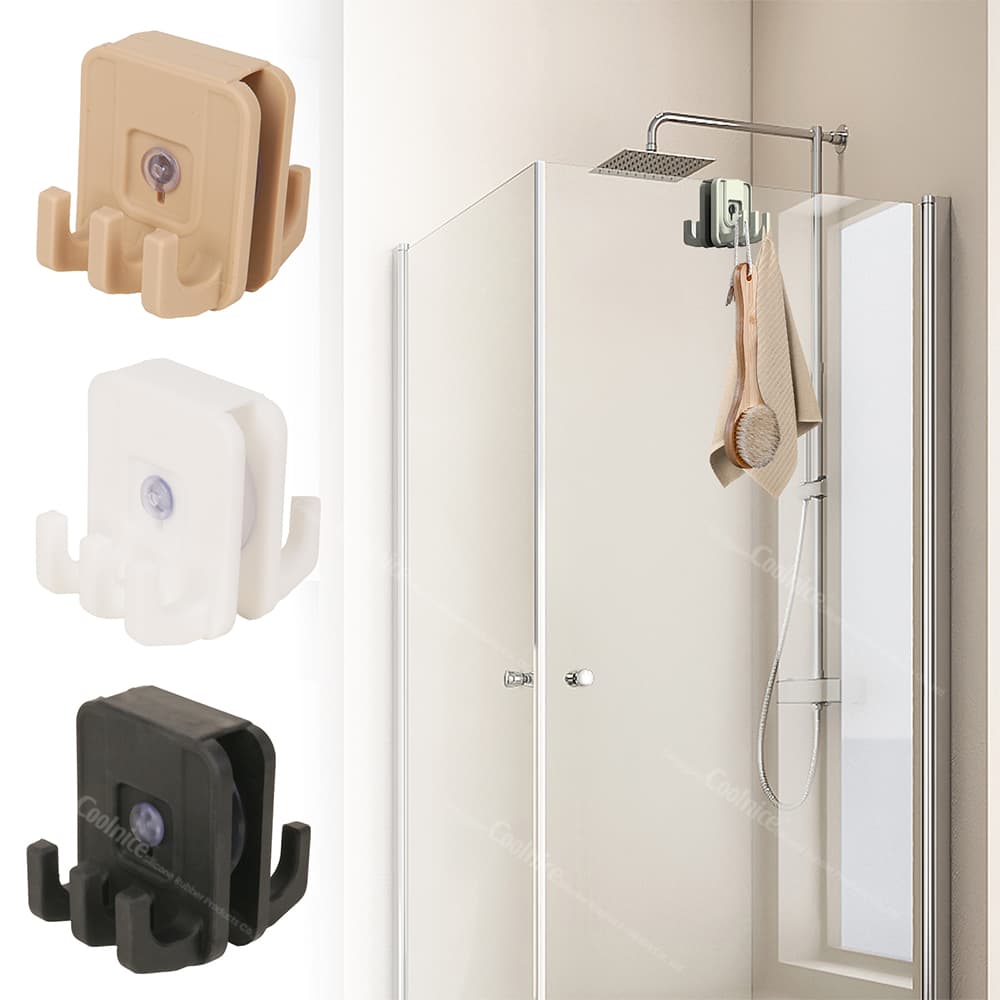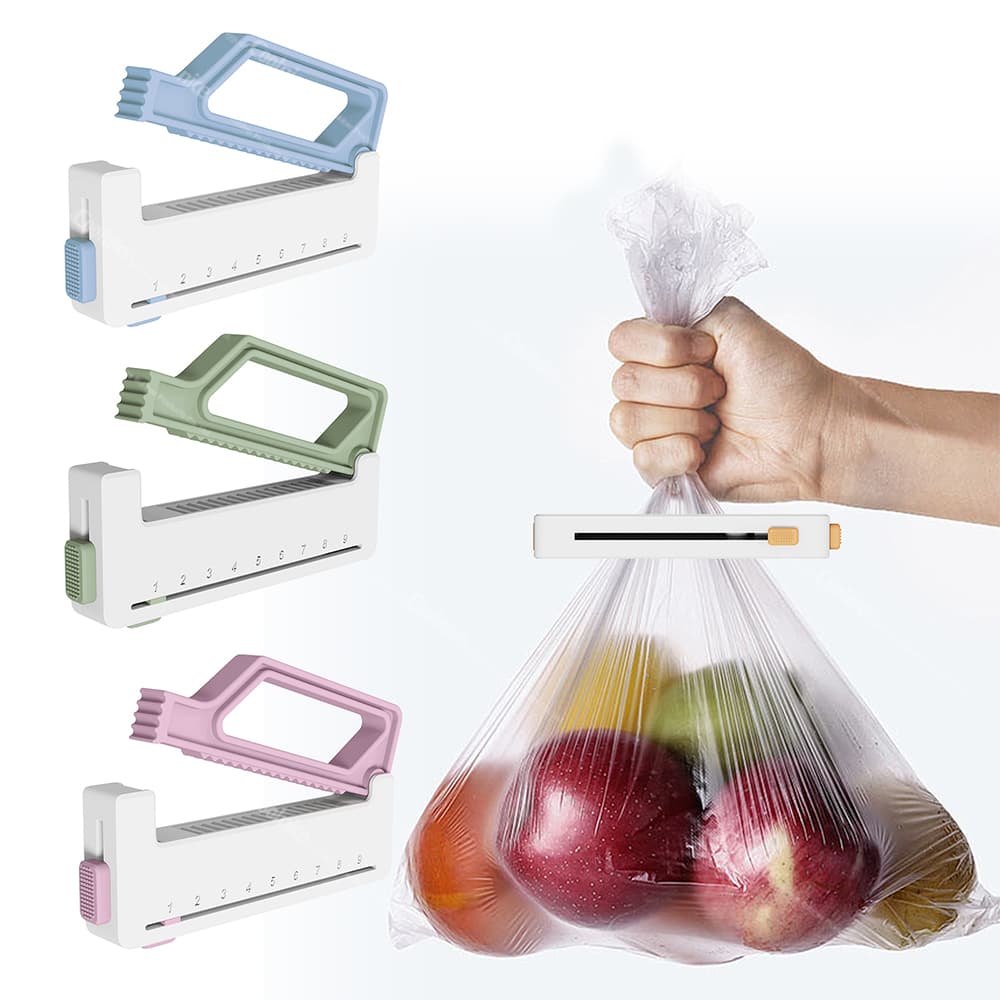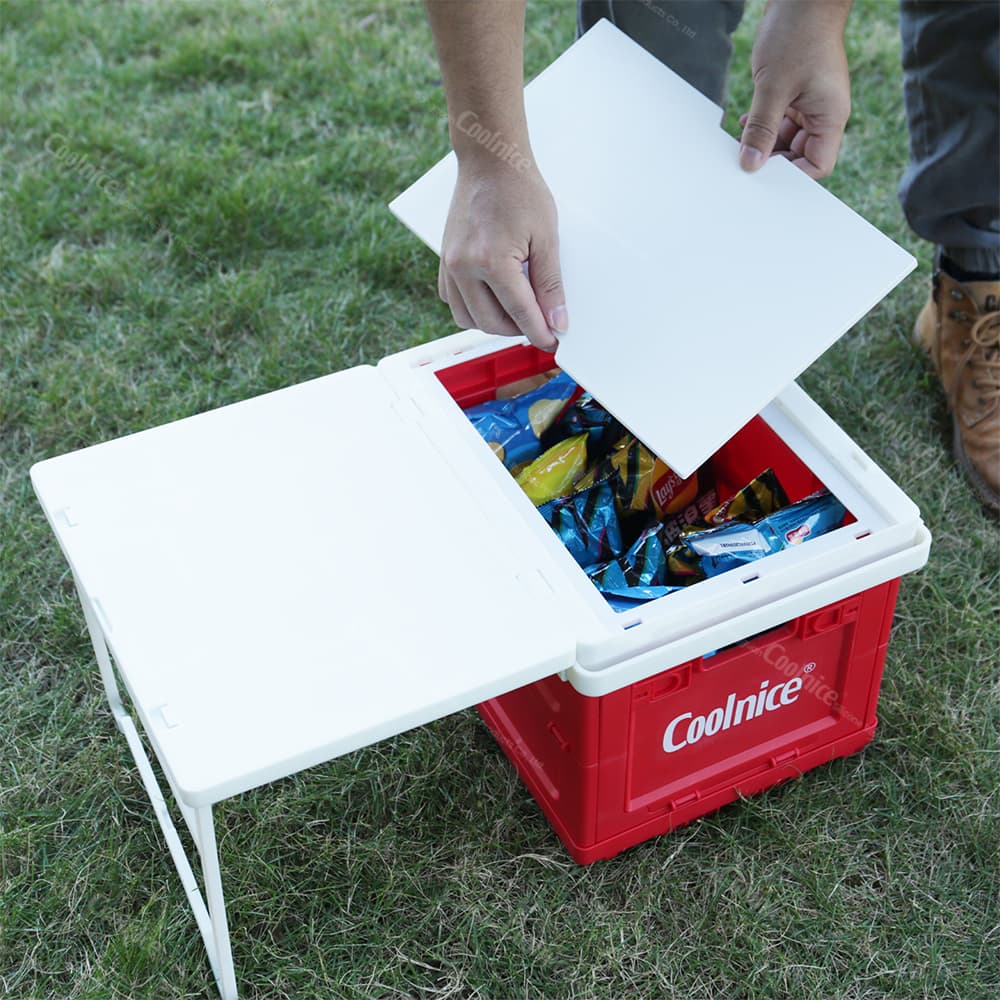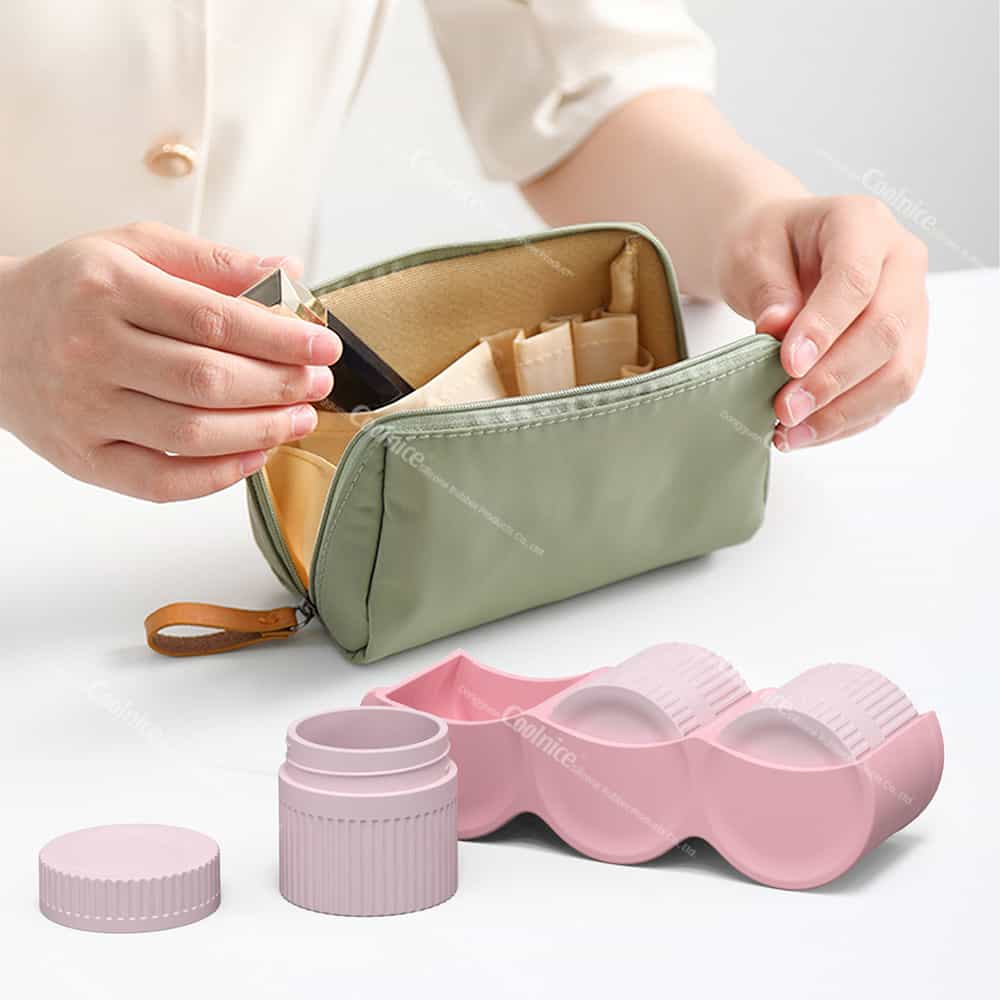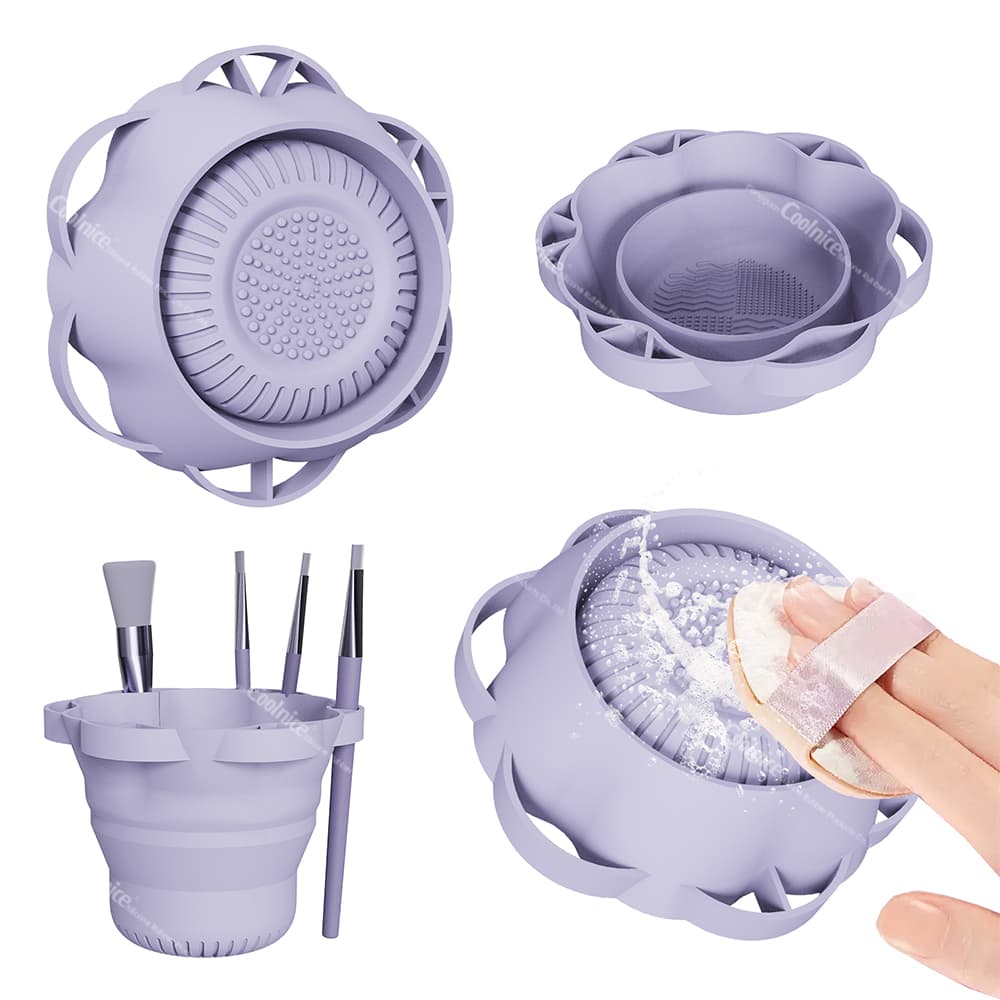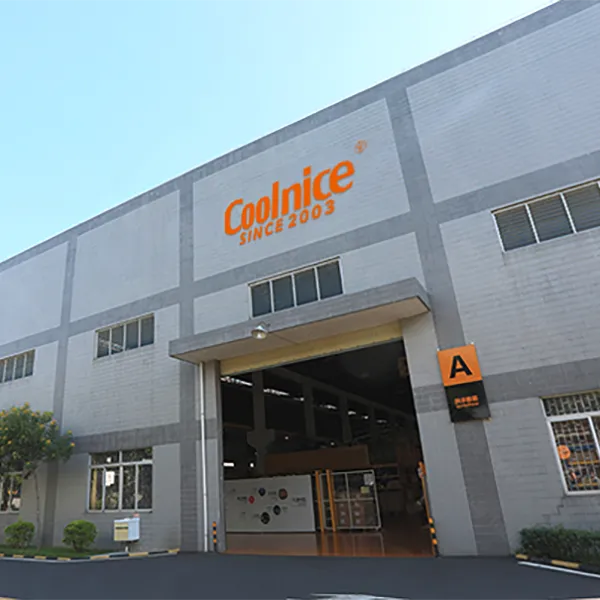Why Silicone Heat Resistance is Important: A Complete Guide to Silicone’s Melting & Burning Properties
Silicone heat resistance is one of the primary reasons silicone is used across a variety of industries, including cooking, medical, and industrial applications. As a high-performance elastomer, silicone’s ability to withstand extreme temperatures without melting or burning makes it an ideal choice for demanding environments. In this guide, we will explore why silicone does not melt or burn, its temperature tolerance, and how it performs in high-heat situations.
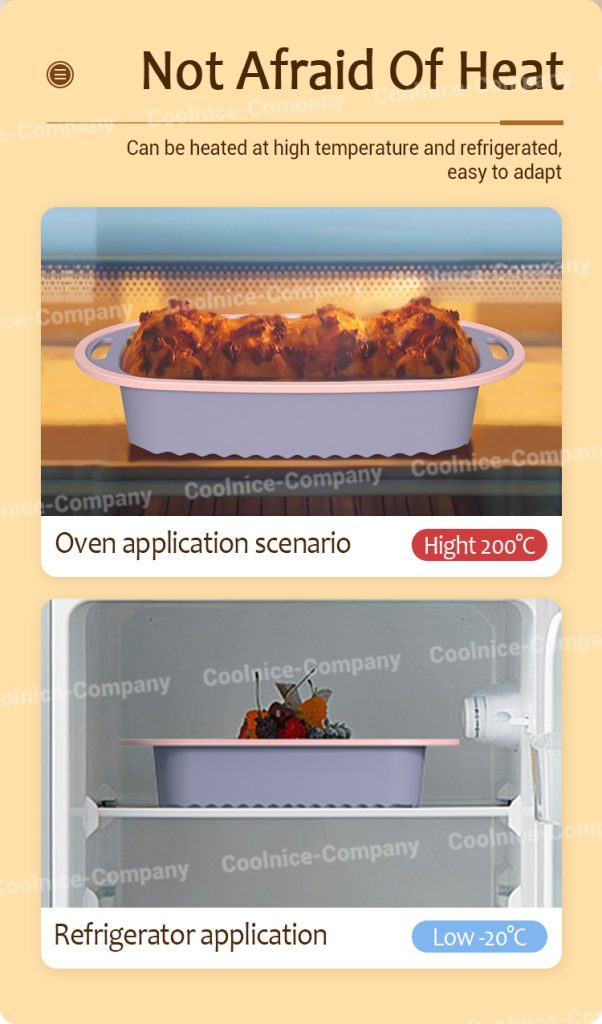
What is Silicone?
Silicone is a versatile polymer made up of repeating units of siloxane, consisting of alternating silicon and oxygen atoms. It is widely used in many fields due to its heat resistance and other remarkable properties. Silicone’s resistance to both high and low temperatures, along with its flexibility and durability, makes it an excellent choice for everything from medical devices to baking molds.
Why Doesn’t Silicone Melt or Burn?
One of the most frequently asked questions about silicone is why it doesn’t melt or burn easily, especially when exposed to high temperatures. Silicone heat resistance is attributed to its unique molecular structure. Unlike traditional polymers, silicone has a cross-linked, thermosetting structure that prevents it from melting at high temperatures.
![]()
1. Does Silicone Melt?
Silicone does not have a traditional melting point like many other materials. Instead of melting, silicone decomposes at higher temperatures, turning into silicon dioxide (SiO₂), a non-toxic compound. This makes silicone highly heat-resistant, able to withstand temperatures up to 350°C (662°F). Specialized grades of silicone, such as fluorosilicone, can even endure temperatures up to 400°C (752°F).
2. Why Does Silicone Burn?
While silicone is not flammable under normal conditions, it does have the potential to burn if exposed to extreme heat. However, silicone’s self-extinguishing properties ensure that once the heat source is removed, silicone stops burning. When silicone does burn, it decomposes into silica, which is a natural and harmless substance.
The Science Behind Silicone’s Heat Resistance
1. Thermal Stability of Silicone
The key to silicone heat resistance lies in its cross-linked structure, which ensures that the polymer remains stable at high temperatures. Unlike plastic, which melts or warps under heat, silicone remains solid and intact, even at temperatures that would otherwise cause most materials to deform.
2. How Does Silicone Perform in High Temperatures?
Silicone is tested to withstand high temperatures without degradation. Its performance in extreme heat is due to the strong silicon-oxygen bonds that make up the polymer backbone. These bonds prevent silicone from softening or melting under normal heat stress, making it ideal for a range of applications that involve heat.
-
Temperature Range: Silicone’s typical temperature range is -40°C to 230°C (-40°F to 446°F), which is perfect for kitchenware, industrial seals, and other high-temperature applications.
-
Special Grades: High-temperature silicone grades can withstand even greater extremes, withstanding temperatures up to 350°C (662°F) or more.
Silicone’s Advantages Over Other Materials
1. Silicone vs Rubber
Organic rubber, which has a carbon-to-carbon backbone, is more susceptible to degradation from ozone, UV light, and heat. Silicone, however, resists all of these stressors, maintaining its structural integrity in extreme conditions.
2. Silicone vs Plastic
Unlike most plastics, which melt or degrade at elevated temperatures, silicone remains solid and retains its strength, even in high-heat environments.
Practical Applications of Silicone Heat Resistance
Silicone’s ability to withstand high temperatures makes it ideal for a wide range of applications:
-
In Cooking and Baking: Food-grade silicone bakeware can endure temperatures up to 230°C (446°F), making it safe for use in the oven and microwave. Silicone utensils and molds also do not warp or melt, ensuring durability in cooking and baking environments.
-
In Medicine: Silicone is used in medical devices such as catheters and implants, which must endure high-temperature sterilization processes without losing their properties. Silicone can withstand autoclave sterilization at temperatures exceeding 200°C (392°F).
-
In Industry: Silicone seals, gaskets, and coatings are crucial in high-heat environments like engines, ovens, and electronics. Their heat resistance ensures longevity and reliable performance in industrial applications.
How to Choose the Right Silicone Product for Your Needs
When selecting silicone products for high-temperature environments, it’s essential to consider the temperature tolerance and grade of silicone:
![]()
-
FDA-Approved Silicone: If the product will be in contact with food, ensure it is FDA-approved for food-grade applications.
-
High-Temperature Silicone: Choose specialized silicone grades for applications that require higher heat resistance, such as industrial gaskets or medical sterilization.
-
Check Certifications: Ensure that the silicone products meet the necessary industry standards, such as LFGB for food-safe silicone or UL for flame-resistant materials.
Conclusion: Silicone Heat Resistance is Key to Its Versatility
The reason silicone doesn’t melt or burn at typical temperatures lies in its unique cross-linked molecular structure, which provides outstanding heat resistance. Silicone is able to maintain its shape and mechanical strength even under extreme temperatures, making it the material of choice for a wide range of applications, from kitchenware to medical devices and industrial seals.
At Coolnice, we specialize in producing high-quality, FDA-approved silicone products that offer exceptional heat resistance, durability, and reliability. Our silicone products are tested for performance and safety, ensuring they meet your specific needs.
Contact Coolnice to learn more about our high-performance silicone solutions designed to meet your temperature resistance and safety requirements.
FAQ
Q1: At what temperature does silicone melt?
Silicone does not melt but decomposes at high temperatures, typically between 200°C and 350°C.
Q2: Can silicone be used in the oven?
Yes, food-grade silicone is safe for oven use up to 230°C (446°F).
Q3: Why does silicone not burn?
Silicone is self-extinguishing and does not support continuous combustion. It burns at temperatures above 350°C, but stops when the heat source is removed.
Q4: Is silicone safe for food storage?
Yes, food-grade silicone is safe for food storage and does not leach harmful chemicals.


